
It allows to keep PV going, with more focus towards AI, but keeping be one of the few truly independent places.
-
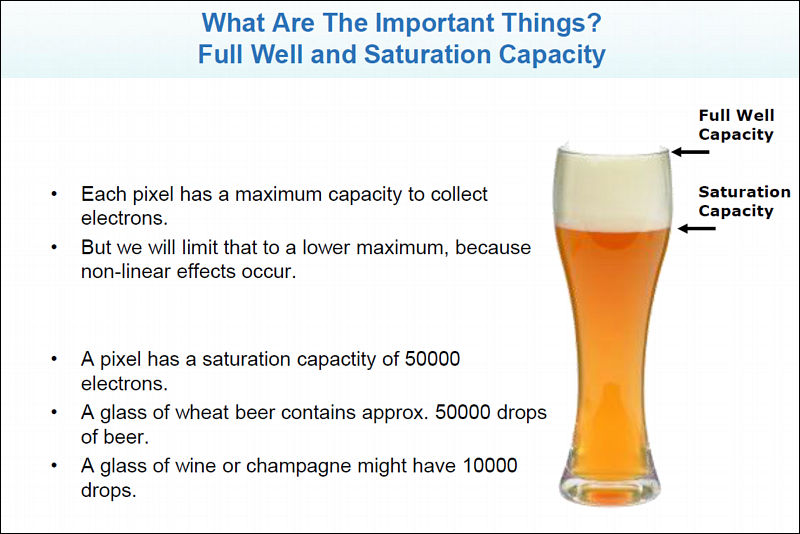
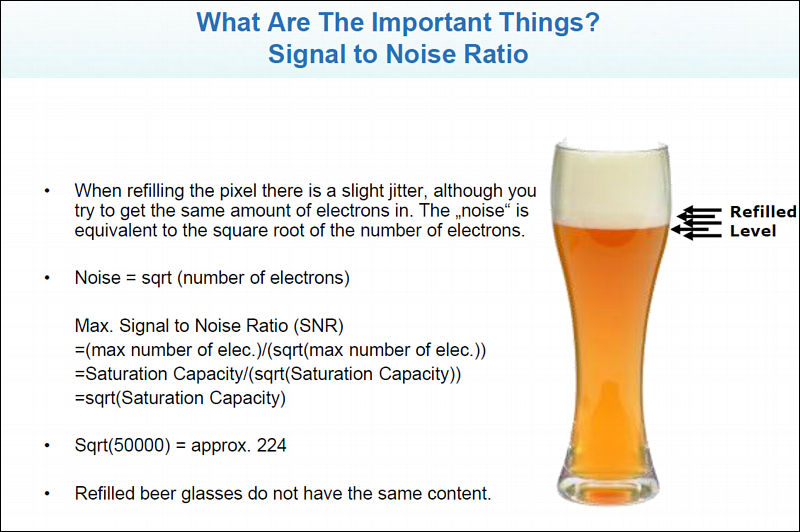
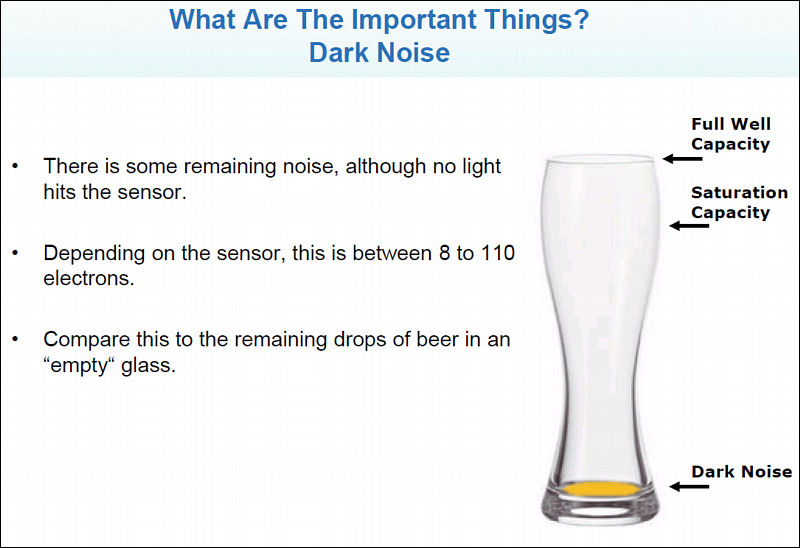
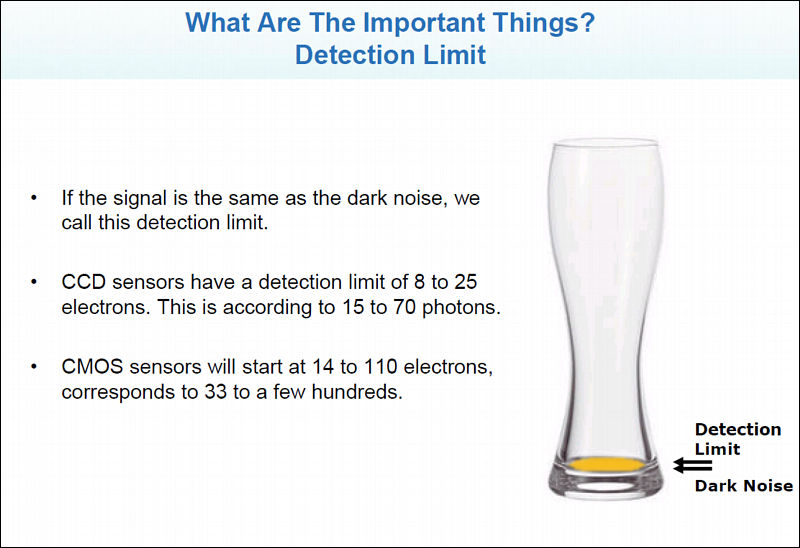
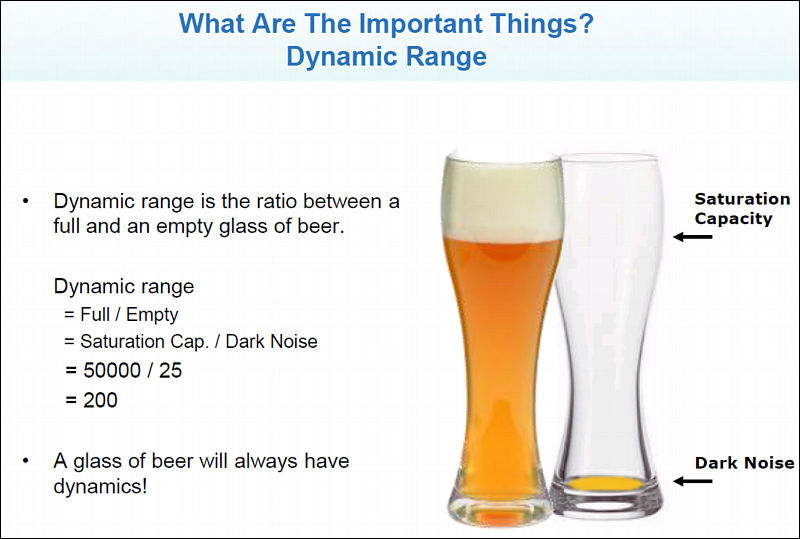
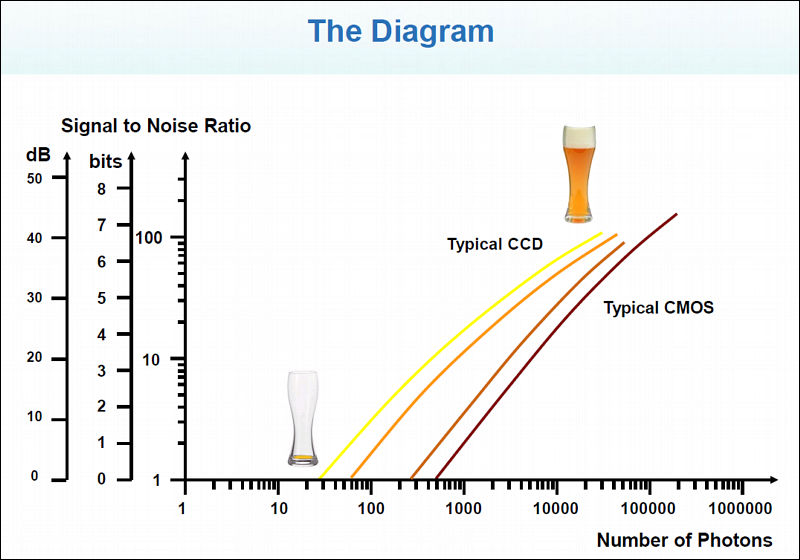
Via: http://www.manufacturingnewsletter.com/docs/automate2011-advanced-camera-image-sensor-technology.pdf

 sensor1.jpg800 x 534 - 81K
sensor1.jpg800 x 534 - 81K
 sensor2.jpg800 x 532 - 89K
sensor2.jpg800 x 532 - 89K
 sensor3.jpg800 x 548 - 69K
sensor3.jpg800 x 548 - 69K
 sensor4.jpg800 x 548 - 71K
sensor4.jpg800 x 548 - 71K
 sensor5.jpg800 x 539 - 70K
sensor5.jpg800 x 539 - 70K
 sensor6.jpg800 x 560 - 66K
sensor6.jpg800 x 560 - 66K -
This made me thirsty
-
DR has nothing to do with a crop factor?
BTW that's sexy looking glass.
-
pixel size is essential for DR ... bigger sensor have bigger pixels but that depends of MP count.... u can have smaller sensor with low MP count and big pixels and it will be great in low light and DR ...
-
From an audio standpoint, the minimum levels you have shown as "dark noise" are what we call aliasing. This is the reason we add what is called dither when we go from a higher bitrate to a lower bitrate. Dither is the process of adding a very small amount of almost un-perceivable noise to the signal. This pushes the signal to a level above the minimum threshold no matter how strong the signal is. This is also similar to the bias carrier wave that was used on analog tape machines.
Why is it not possible to add un-percievably small amounts of noise to the bottom range of electron sensing for the purpose of pushing the signal into a range the bit depth we are working with can understand? You could also get a better signal from the ultra top end by a type of limiting or compression of the very top of the electron range.
In audio, the best detail is found when the signal is close to maximum. I would assume this is also true when capturing light. If it is true, then the ultimate future for video is increasing bit depth as the time scale is already set at frames per second. In audio, the samples per second also have room to increase, but in video its not that important. So, once the physical limitations of the sensors are bypassed because of technology, expect to see a bit depth war that does not conclude until the bit depth represents a level of sensitivity hundreds of times more dense than human perception. This is because human visual perception is affected by things we cannot perceive... just like in audio where human audio perception is affected by frequencies that we are unable to perceive. This is also why the music industry is bullshit. The quality level they give us is going backwards.
-
@liquidify I think you mean to say quantization noise rather than "aliasing". (Aliasing is generated by sampling rates that are too close to the actual bandwidth of a signal.) With the GH2's 12-bit image sensor, the quantizer step-size at the dark end of the dynamic range is very coarse. Adding dither wouldn't improve the quality of shadow detail, it would just make it noisier. What is effective is to increase the bit-depth of the image sensor to 14 bits, one of the advantages that high-end Canon and Nikon cameras have over the GH2.
-
You are right, I miss-wrote. But you also have acknowledged that it is possible to add dither to a video pixel. This goes to show that the bit depth is most important aspect, and at current standards is well behind what it should be. I suspect that in 20 to 30 years we will have bit depths in the 64 to 128 range, and this will certainly allow dither to function like it should in video. Hopefully audio will also catch up. If the world enters a dark age period due to currency collapse, this won't happen however which is what I am concerned about now. On a side note, silver makes excellent transfer wires for electrons and also makes excellent store of value for real savings in troubled times. And its so cheap now.
-
Dark noise is a component of the noise floor. It has no relation to quantization noise or aliasing.
-
What I got out of this.
Beer is good.
More Beer is better.
If I let the beer sit long enough I won't have to figure out what Saturation Capacity means.
What I still can't figure out after looking at the pretty pictures.
So if I get a bigger glass does that increase my dynamic range?
If I have a bunch of flat beers, dark beers, and light beers and mix them all together and then somehow extract the flat and dark beers will I end up with a better light beer that has more dynamic range and much greater signal to noise ratio?
-
Just want everyone to know that next to me is a cup of Dark Noise according to Vitaly's slides. I'm going to go make sure I'm at my maximum dynamic range...back in a few...HA!
-
LOL
Howdy, Stranger!
It looks like you're new here. If you want to get involved, click one of these buttons!
Categories
- Topics List23,992
- Blog5,725
- General and News1,354
- Hacks and Patches1,153
- ↳ Top Settings33
- ↳ Beginners256
- ↳ Archives402
- ↳ Hacks News and Development56
- Cameras2,367
- ↳ Panasonic995
- ↳ Canon118
- ↳ Sony156
- ↳ Nikon96
- ↳ Pentax and Samsung70
- ↳ Olympus and Fujifilm101
- ↳ Compacts and Camcorders300
- ↳ Smartphones for video97
- ↳ Pro Video Cameras191
- ↳ BlackMagic and other raw cameras116
- Skill1,960
- ↳ Business and distribution66
- ↳ Preparation, scripts and legal38
- ↳ Art149
- ↳ Import, Convert, Exporting291
- ↳ Editors191
- ↳ Effects and stunts115
- ↳ Color grading197
- ↳ Sound and Music280
- ↳ Lighting96
- ↳ Software and storage tips266
- Gear5,420
- ↳ Filters, Adapters, Matte boxes344
- ↳ Lenses1,582
- ↳ Follow focus and gears93
- ↳ Sound499
- ↳ Lighting gear314
- ↳ Camera movement230
- ↳ Gimbals and copters302
- ↳ Rigs and related stuff273
- ↳ Power solutions83
- ↳ Monitors and viewfinders340
- ↳ Tripods and fluid heads139
- ↳ Storage286
- ↳ Computers and studio gear560
- ↳ VR and 3D248
- Showcase1,859
- Marketplace2,834
- Offtopic1,320








